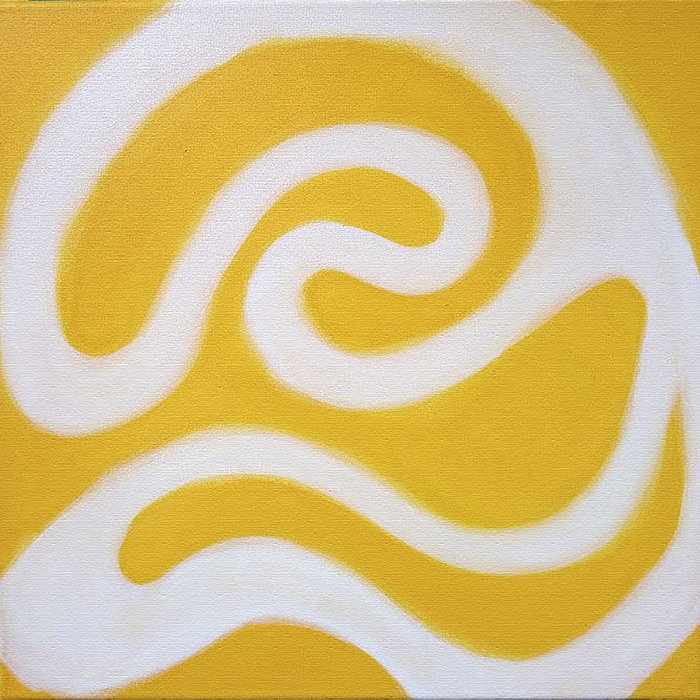
Somewhere over the Rainbow – Israel “IZ” Kamakawiwoʻole – PINTURA – Mirta Alvarez
this blog is GROOVY – check out great Soul, Funk, Jazz, Hip Hop, Bass, Breaks , Reggae, House n many more TUNES
Hey there, music lovers! 🎶 Let’s dive into the wild and wonderful world of art music. You know, that genre that makes you feel all sophisticated while sipping your espresso in a dimly lit café? Yup, we’re talking about classical tunes, avant-garde pieces, and those experimental beats that make you question reality. So buckle up as we groove through history with some funky tidbits along the way!
First off, let’s clarify what this art music thing is all about. Unlike pop or rock where catchy hooks reign supreme (we love a good bop!), art music focuses on complex structures and deep emotional expression. Think symphonies by Beethoven or edgy contemporary works by Steve Reich. It’s like comparing a fine wine to a soda pop; each has its charm but comes from different vineyards!
Our musical odyssey starts around the 9th century with Gregorian chant—those haunting melodies sung in Latin by monks who probably had very few distractions apart from their holy texts. They were laying down those sweet vocal vibes long before anyone thought to compile them into an album!
Funny Fact Alert 🚨: Rumor has it that if someone sneezed during these chants, it could lead to spontaneous applause… or mass confusion!
Fast forward to the Renaissance era (1400-1600). Suddenly everyone decided, “Hey! Let’s make some noise!” Composers like Josquin des Prez started adding more harmonies and playful rhythms. This period was practically bursting at the seams with creativity—artists were doodling away while composers were creating themes fit for royalty.
And speaking of royalty… did you know that Queen Elizabeth I was known for loving her lute? She even played it herself! Imagine her jamming out with her court like it’s an episode of The Crown, except instead of scandals involving princes, they had scandals involving missed notes.
Next up came the Baroque period (1600-1750), where things got real dramatic! Enter Johann Sebastian Bach—the kingpin himself—with his intricate fugues and cantatas written for choirs filled with enthusiastic amateurs trying not to laugh as they stumbled over their sheet music.
Here’s a chuckle for you 🤣: Bach actually wrote so much he often had trouble finding time to eat or sleep because he was too busy composing his masterpieces… Now that’s dedication—or maybe just really bad planning skills?!
Then came Mozart and Haydn ushering us into the Classical era (1750-1820). These guys pushed boundaries while keeping things kind-of-sweet-and-simple—it was all about lovely melodies dancing along lively rhythms.
Fun Fact 🥳: Mozart once said he could compose beautiful music whilst playing chess… Imagine losing a game only to hear him play “Eine kleine Nachtmusik” right afterward — talk about salt in your wounds!
As we stroll casually into Romanticism (1820-1900), emotions ran high like evening news drama—composers like Chopin wrote pieces inspired by heartbreaks which truly resonated with people feeling all sorts of romantic dilemmas themselves. It wasn’t unusual back then for composers to fall deeply in love—only later would they write tragic sonatas based on those experiences! Talk about serious feelings being turned into pretty sounds…
Meanwhile… ♫ Brahms grew such an impressive beard people often mistook him for Santa Claus when he’d come down from his mountain retreat seeking inspiration. We’re still waiting on confirmation if there are holiday albums featuring ‘Classical Christmas With Brahms’ though!
Now let’s shake things up further in our timeline—you guessed it—the 20th century brought jazz-fusion styles straddling both traditional art influences alongside folk traditions around global nations everywhere—a true melting pot extravaganza meant everyone joined together grooving; wordlessly agreeing nobody knows how many fingers were needed but hey—they made great memories anyway.
And here comes another funny story 💃🎷: Igor Stravinsky’s groundbreaking piece “The Rite of Spring” premiered in Paris back in 1913—and caused such an uproar among audiences that people reportedly fought each other due entirely over whether dancers represented fertility rites correctly…it became one chaotic mosh pit before moshing was cool!
Because let’s be honest folks – modern-day mosh pits have nothing on Parisian salons flipping out over avant-garde choreography dressed solely at fashion week simply showcasing ballet shoes slightly outmoded now too 😂💁♂️.
Moving toward today—from Philip Glass’ minimalist compositions causing hypnotic states leading listeners through meditative journeys 🍃🌌—to electroacoustic adventures triggering innovative soundscapes embracing technology head-on—you can see how prominently influential art remains shaping culture generations after generations evolving inconceivably fast yet beautifully intertwined amidst various genres simultaneously flourishing together effortlessly riding waves higher than ever imagined possible before…
So next time you’re vibing out listening closely focused deeply immersed within orchestral movements recall this colorful journey timelines traveled throughout centuries squeezing laughter joyously embraced tightly wrapped inside every note played sweetly reflecting artistry making life infinitely sweeter always staying true honoring legacy wise remaining forever fresh newer than first launch illuminating your ears wherever discovered…
Stay funky out there friends! 🌟

Somewhere over the Rainbow – Israel “IZ” Kamakawiwoʻole – PINTURA – Mirta Alvarez